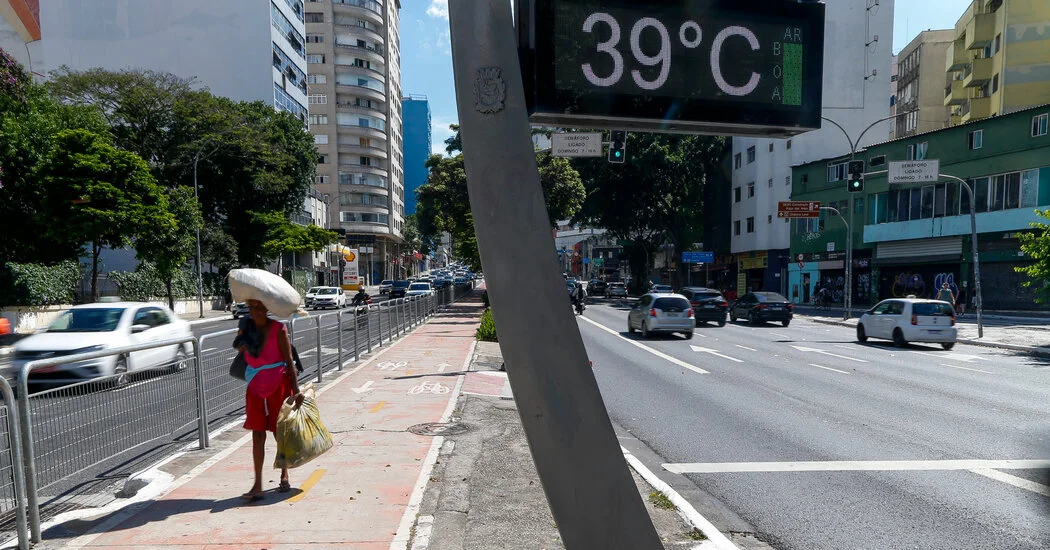- cross-posted to:
- nyt_gift_articles@sopuli.xyz
- climate
- cross-posted to:
- nyt_gift_articles@sopuli.xyz
- climate
The longer heat waves stick around in one place, the longer people are exposed to life-threatening temperatures. As workers slow down during extreme heat, so does economic productivity. Heat waves also dry out soil and vegetation, harming crops and raising the risk of wildfires.
These changes to heat wave behavior have been more noticeable since the late 1990s, Dr. Zhang said. He attributes the changes in large part to human-caused climate change, but also in part to natural climate variability.
The paper is here



Yep. In the US for example the fronts during summer would sweep out of Canada and push across the US making lines of thunderstorms from Chicago to Dallas. The air mass would change winds and temperatures across a big chunk of the country. Now these large frontal systems rarely happen. Slower—moving smaller systems just grind away at a more localized area while the heat just sits there, nothing comes along to push it out of the way. More straight-line wind damage, more localized hail damage, more localized flooding.